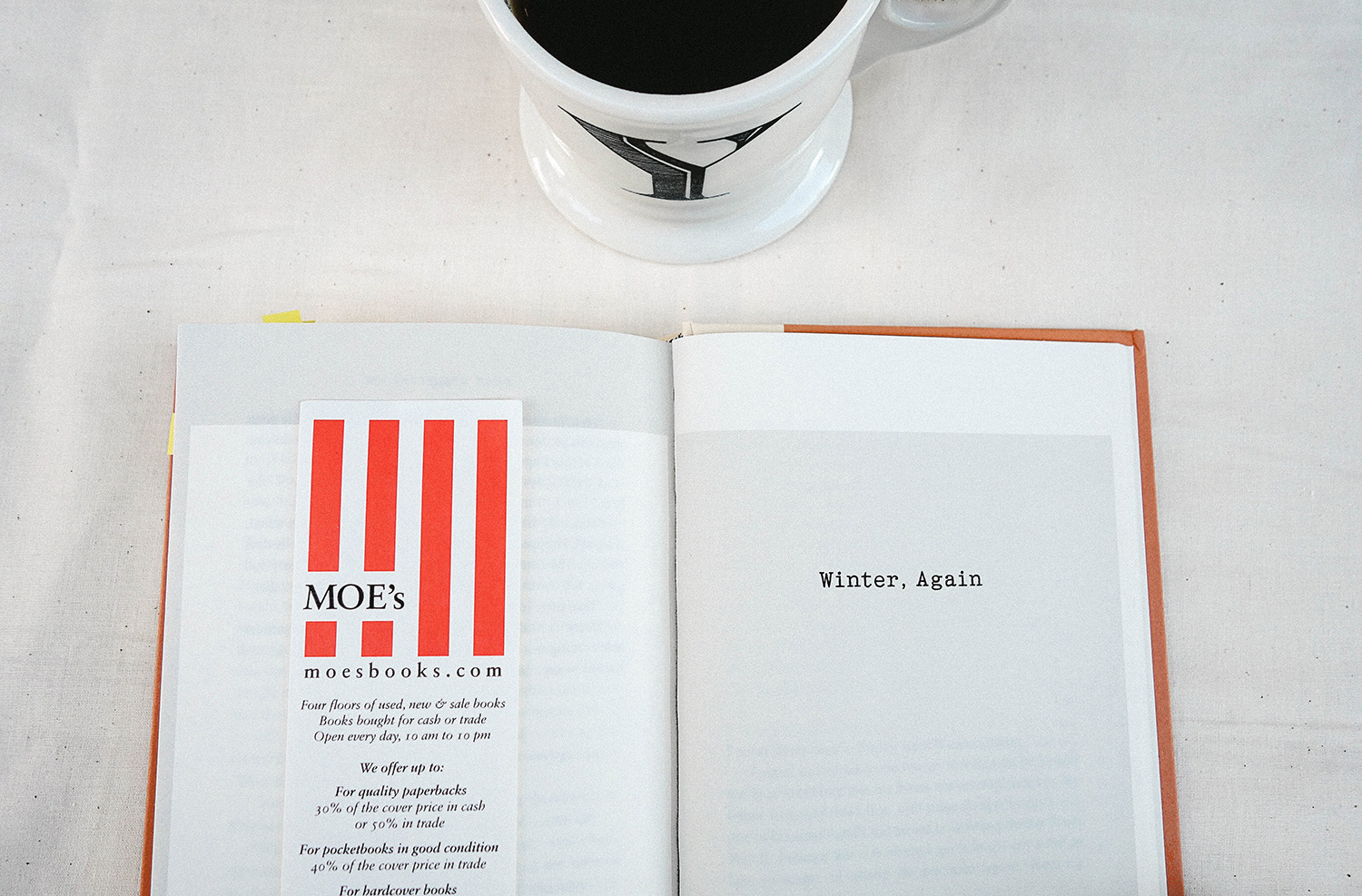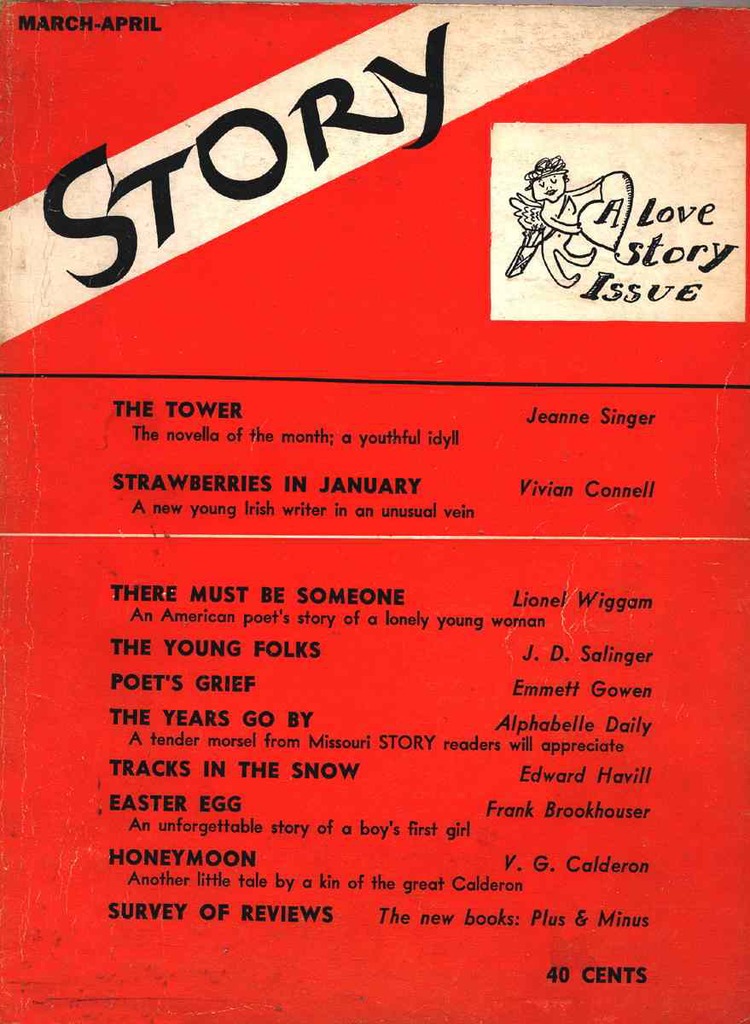
My Salinger Year by Joanna Rakoff truly reads like a memoir, most strikingly because the people in her story feel far too real to be of pure fiction. They don’t even seem fictionalized for the purposes of creating a smooth narrative. Even the minor characters – Olivia, Jenny, the college boyfriend – leave an impression, as if you had briefly met them in person.
When Rakoff begins working at the Agency, the real-life Harold Ober Associates, she enters a small world casually populated with massive literary icons. Just like Rakoff, I feel nervous and unabashedly curious in the presence of Judy Blume, Joan Didion and John Gregory Dunne, and of course, Salinger. The peeks into even the most basic interactions between Rakoff and Salinger are somehow revealing. Here, Salinger calls the Agency and references an earlier phone conversation with Rakoff, in which she tells him that she writes poetry:
Continue Reading
When Rakoff begins working at the Agency, the real-life Harold Ober Associates, she enters a small world casually populated with massive literary icons. Just like Rakoff, I feel nervous and unabashedly curious in the presence of Judy Blume, Joan Didion and John Gregory Dunne, and of course, Salinger. The peeks into even the most basic interactions between Rakoff and Salinger are somehow revealing. Here, Salinger calls the Agency and references an earlier phone conversation with Rakoff, in which she tells him that she writes poetry:
Continue Reading




